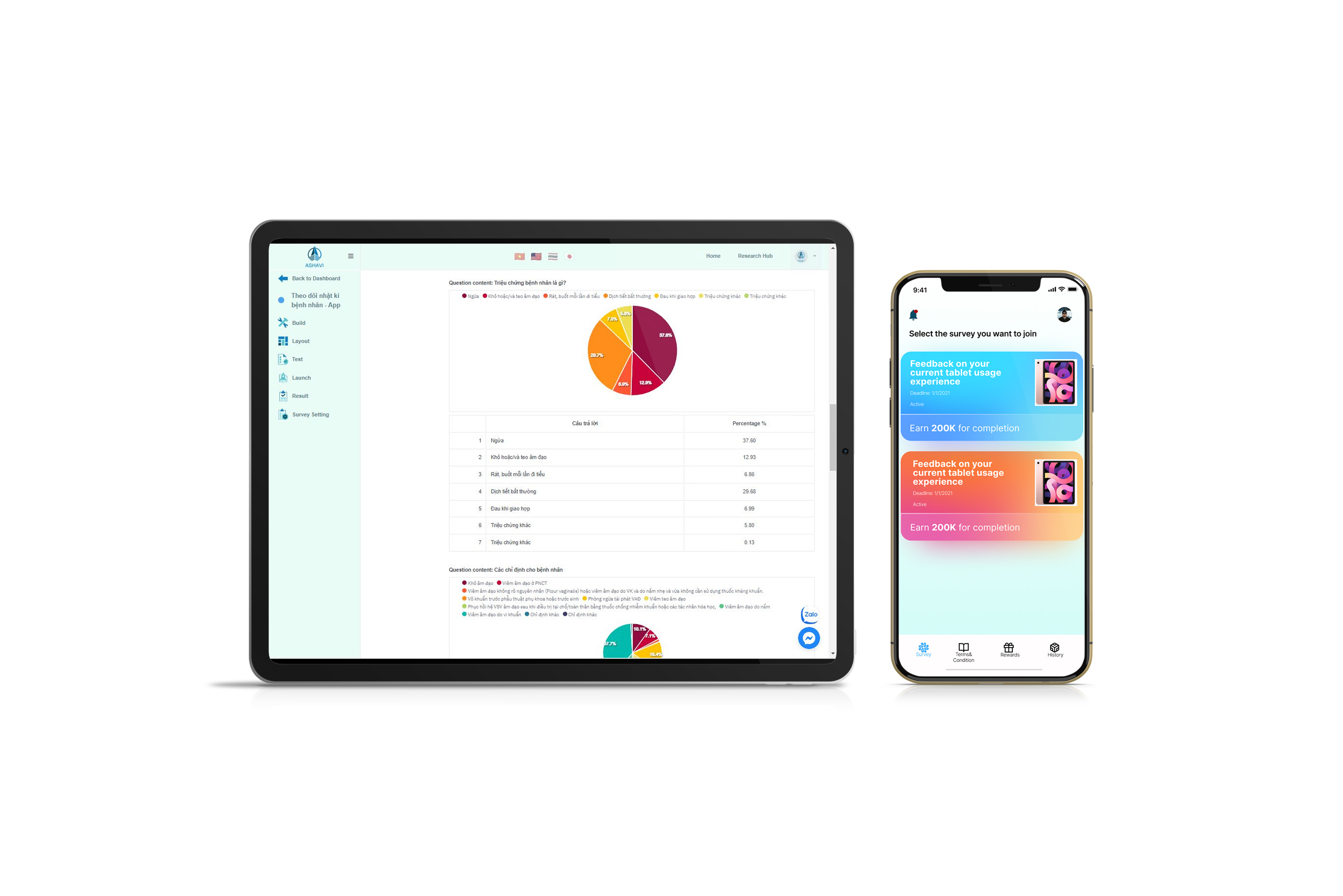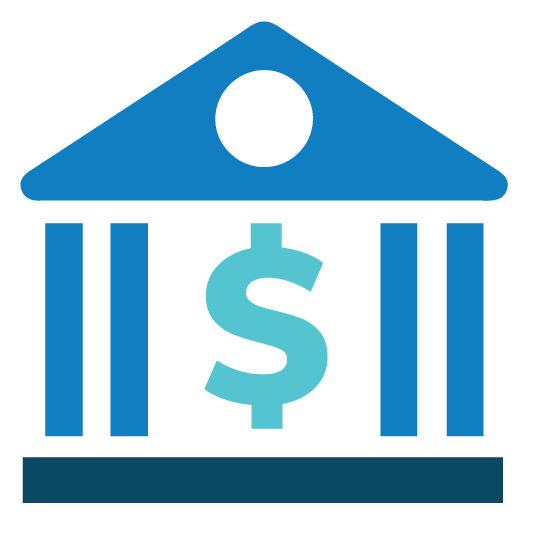Waterfall and Agile Methodologies: Advantages and Disadvantages
Waterfall and Agile Methodologies: Advantages and Disadvantages
The history of waterfall and agile methodologies is a long one. The Agile movement was born out of the software world in Japan in the late 1980s, but only really gained momentum among software developers in the west during the late 1990’s. While both methodologies have a lot to offer, they are so different that many people feel they are at odds with each other.
For the past decade, methodologies have been widely used in industry as a way to help companies analyze, plan and execute their projects. However, there are several differences between process-driven and user-centered methods that can influence your decision on which methodology is best suited for your project. In this article, we will explore these differences – what they mean and how they can impact the success of your project.
Waterfall projects are linear, sequential and well-defined models that provide the necessary guidance and structure for project definition. This process makes it easy to gather stakeholder feedback, identify issues and concerns, develop a plan and define requirements before development begins.
Agile is a kind of software development process that requires a focus on quality over quantity. It typically uses iterative, incremental tasks and processes in combination with collaboration among parties at all levels of the project. A key feature of Agile is its utilization of feedback, which enables continuous improvement throughout the product lifecycle.
Read more ... 



















